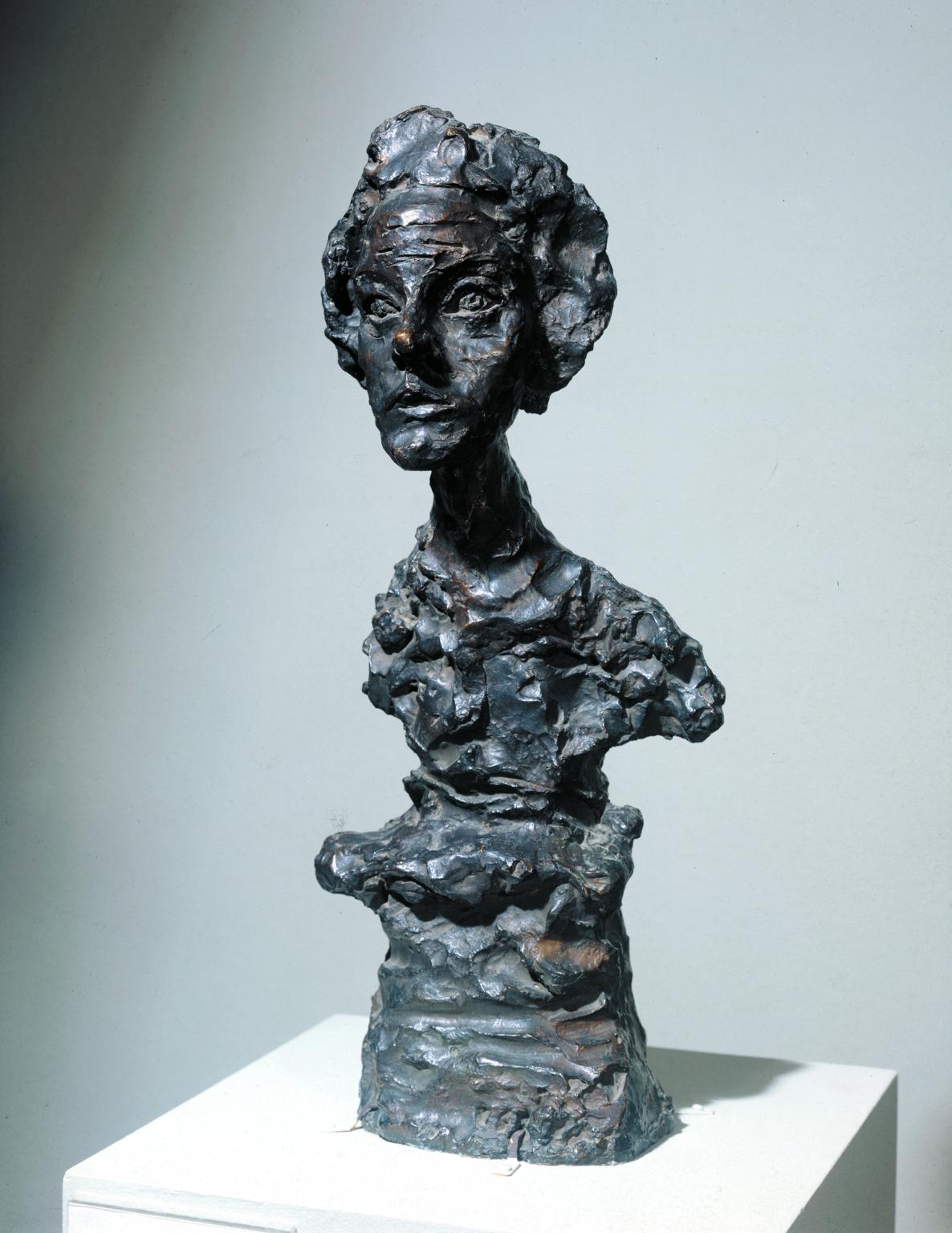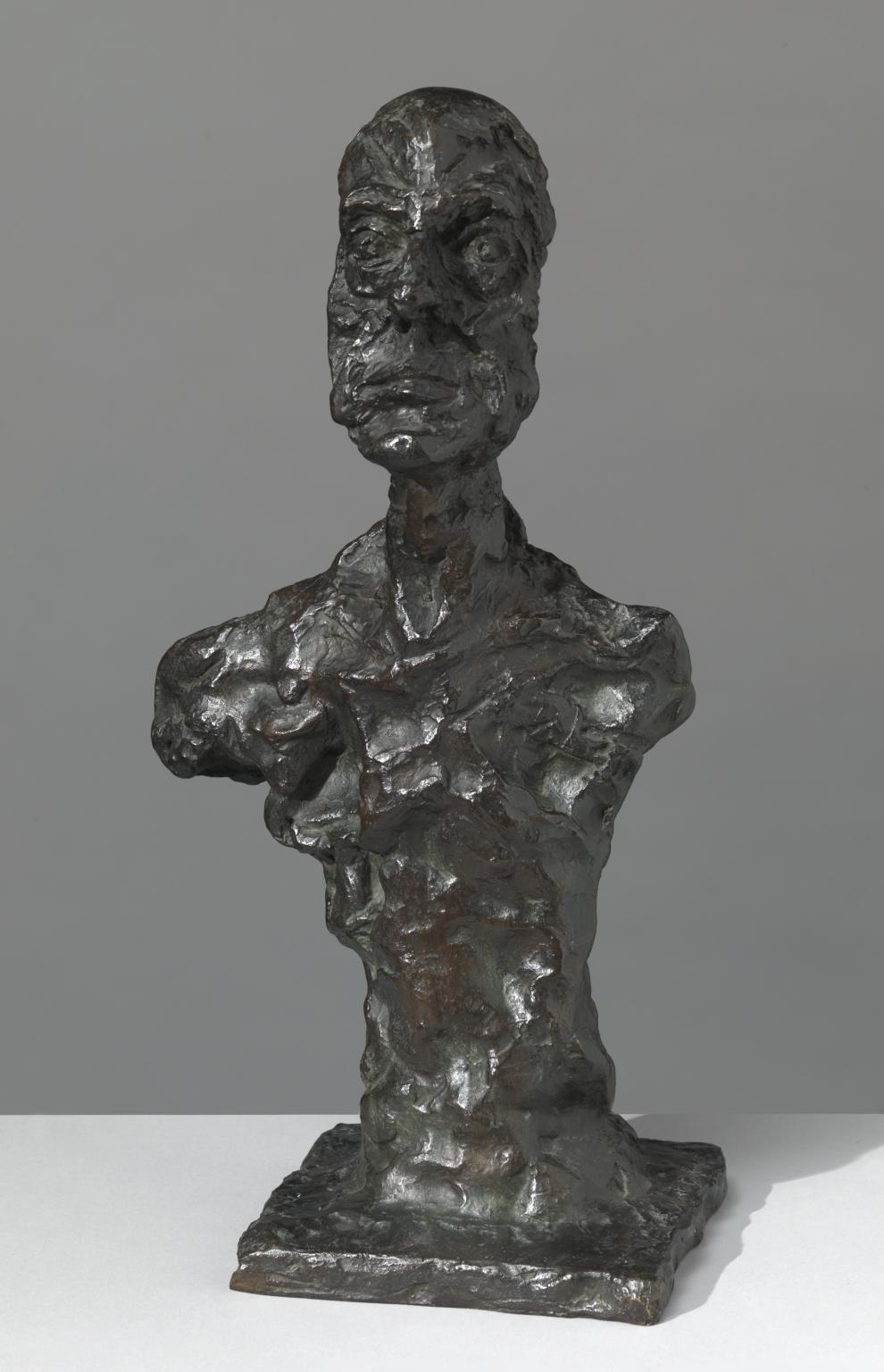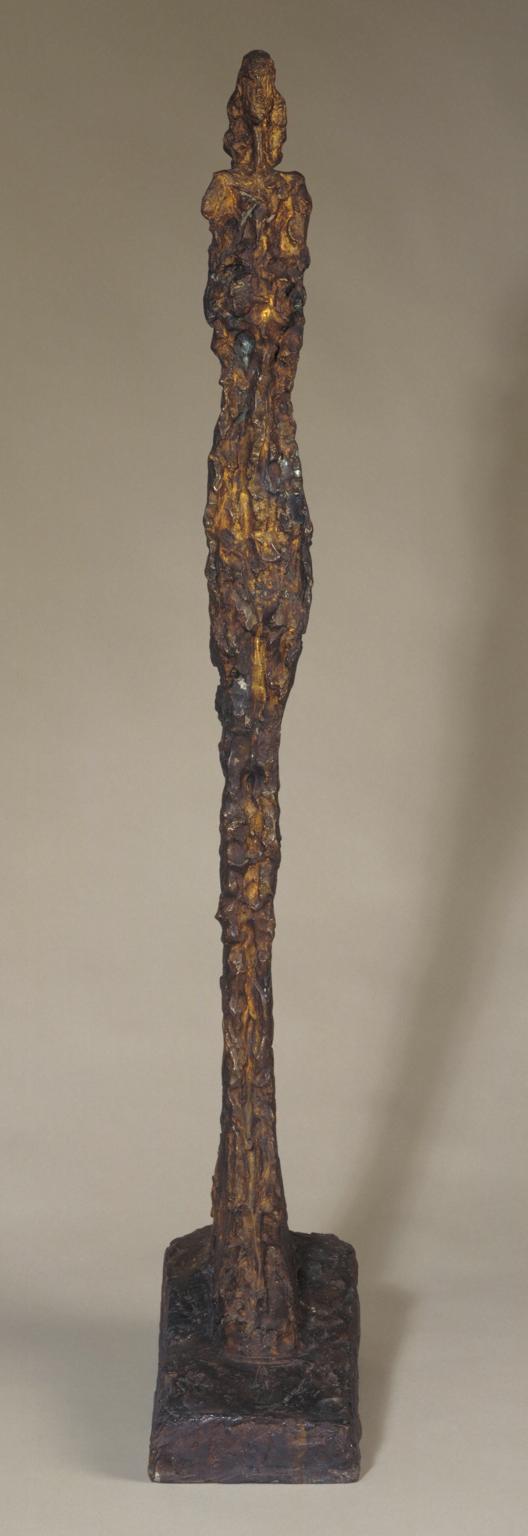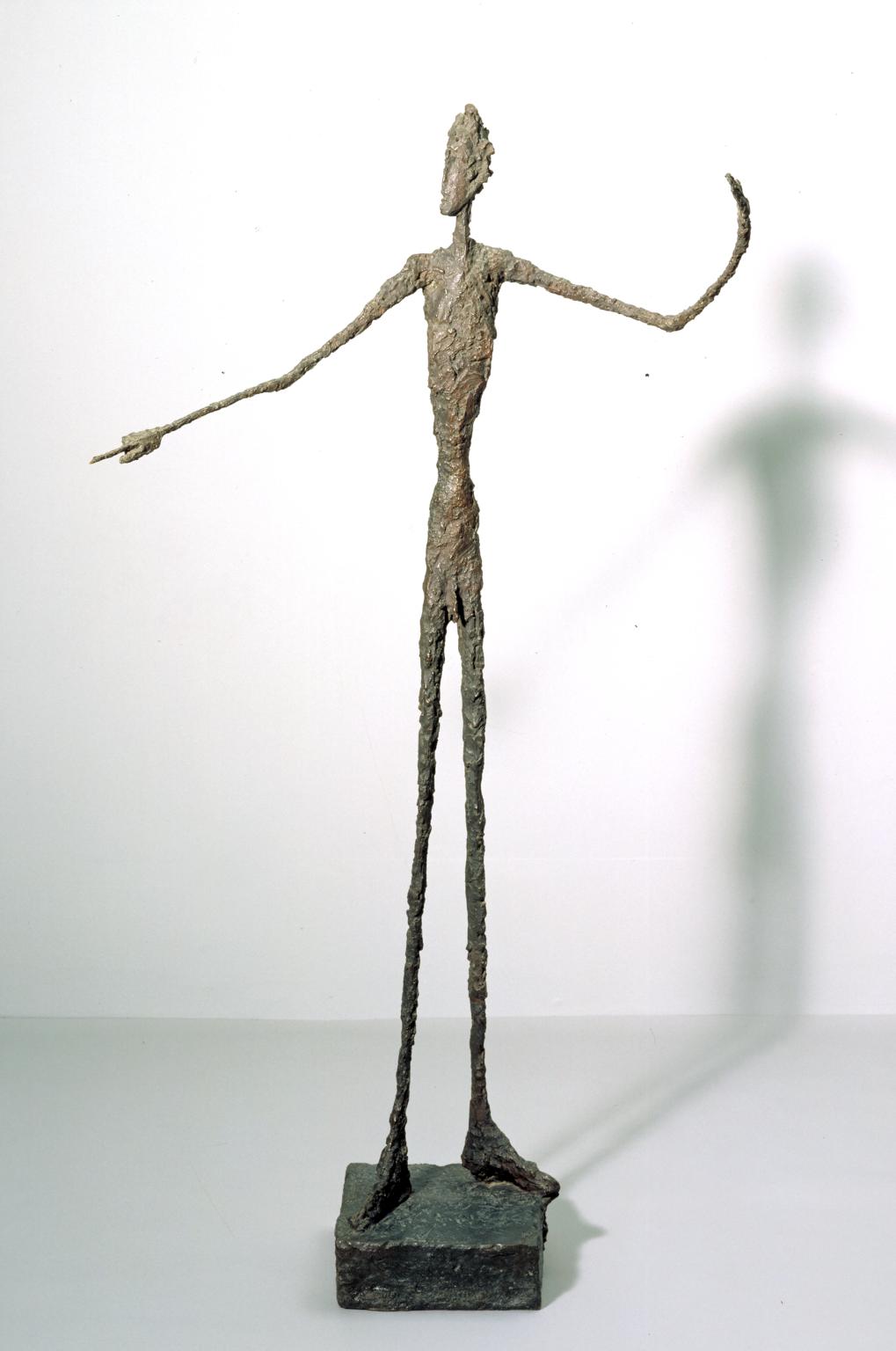In these two works, Barba interrogates the medium of film and its ability to articulate space and time
The Hidden Conference is a film in three parts. Each projection investigates the storage facilities of a European museum, where artworks are kept while not on display. About the Discontinuous History of Things We See and Don’t See, projected in the first room, was filmed at the stores of the Neue Nationalgalerie in Berlin in 2010. About the Shelf and Mantel, shown in the following gallery, was shot in 2015 at Tate Stores in London. It is displayed alongside A Fractured Play, on the left as you enter, which documents the stores of the Musei Capitolini in Rome in 2011.
In each film Barba brings hidden artworks to life, mysteriously moving on invisible wheels. Paintings and sculptures become film characters. They come together in conference, holding imagined conversations across mediums and eras. The Hidden Conference’s three projections have different durations, causing speech, atmospheric sound and periods of silence to overlap. Each film mines archival spaces in which chronology, hierarchy and authority disappear. Barba disrupts art history’s linear narrative and questions the practice of collecting.
Wirepiece operates between the sculptural and the musical. A drum wire is stretched between the ceiling and the floor and ‘played’ by a looped strip of film stock moving through a projector. The transparent celluloid film, a light-sensitive medium which records information, takes on a double role. It acts as a mechanical instrument producing sound while also allowing the projector light to pass through it, spotlighting this process. This sculptural approach to film acts as a punctuation between The Hidden Conference’s three looped films. In Barba’s words, it is ‘a sustain between musical notes.’ Together the works illustrate the artist’s reflection on cinematic space and time as ‘an accumulation… rather than a linear progression.’
Art in this room


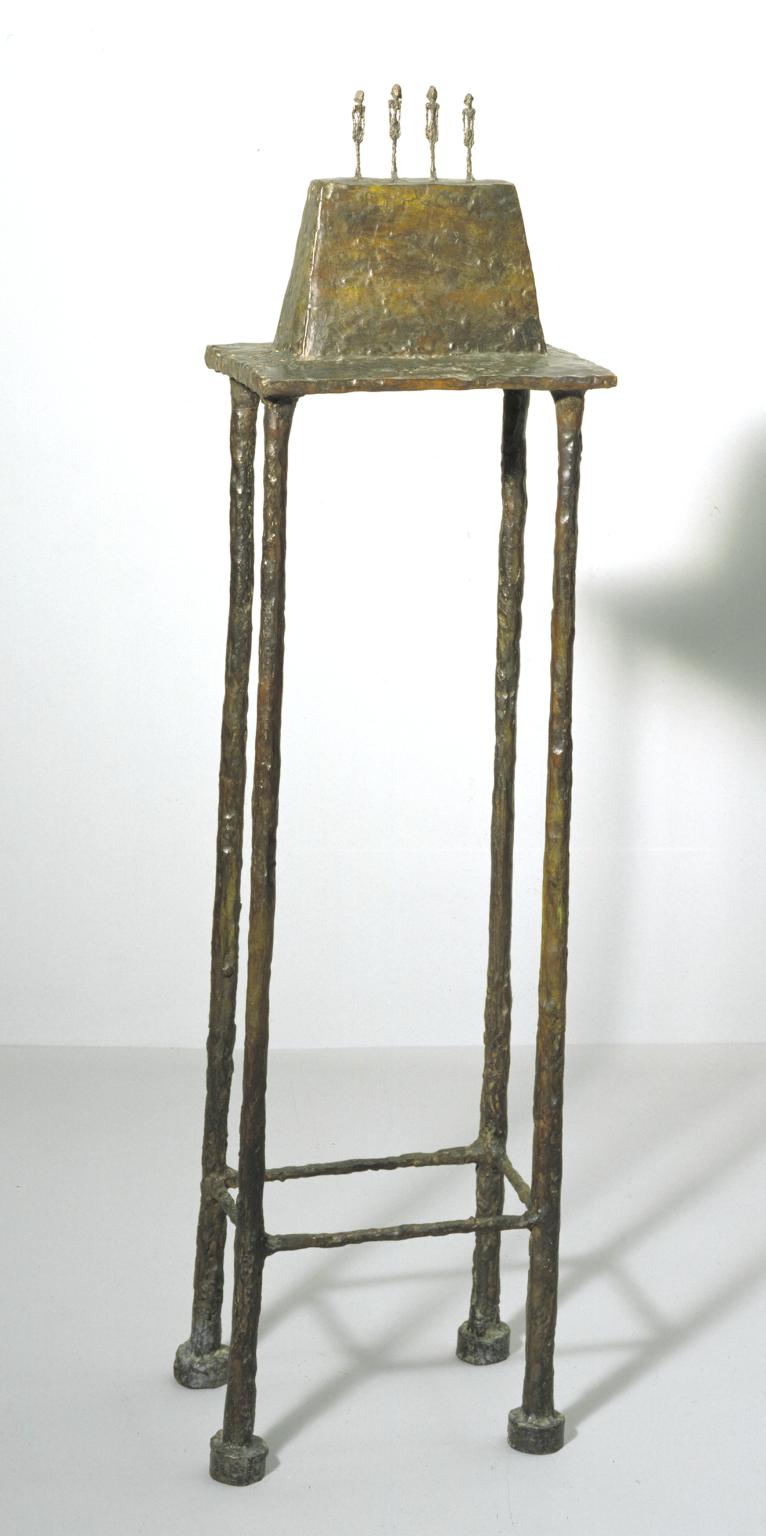



You've viewed 6/11 artworks
You've viewed 11/11 artworks



